It was a sunny day when newspapers died. The rise of the Internet didn’t do it. Craigslist was innocent. Social media wasn’t the culprit either.
Smartphones? YouTube? Nah.
None of these things signaled the decline, although all certainly contributed.
No, I’m pretty sure it was one newspaper’s desire to cover street fashion. My newspaper.
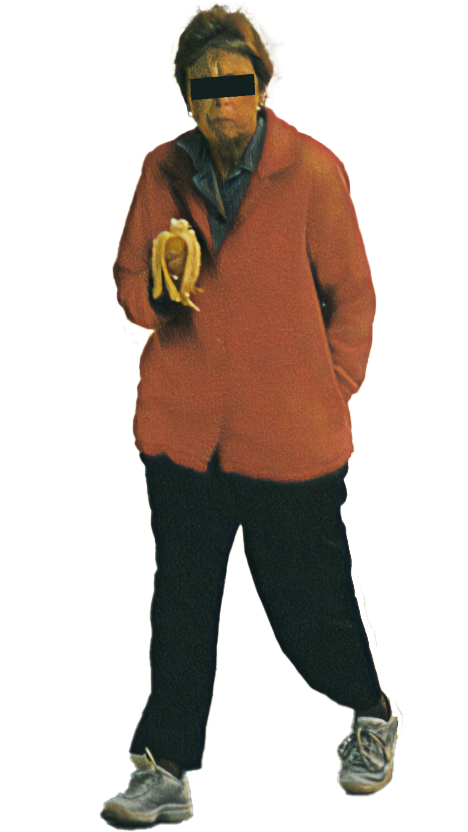
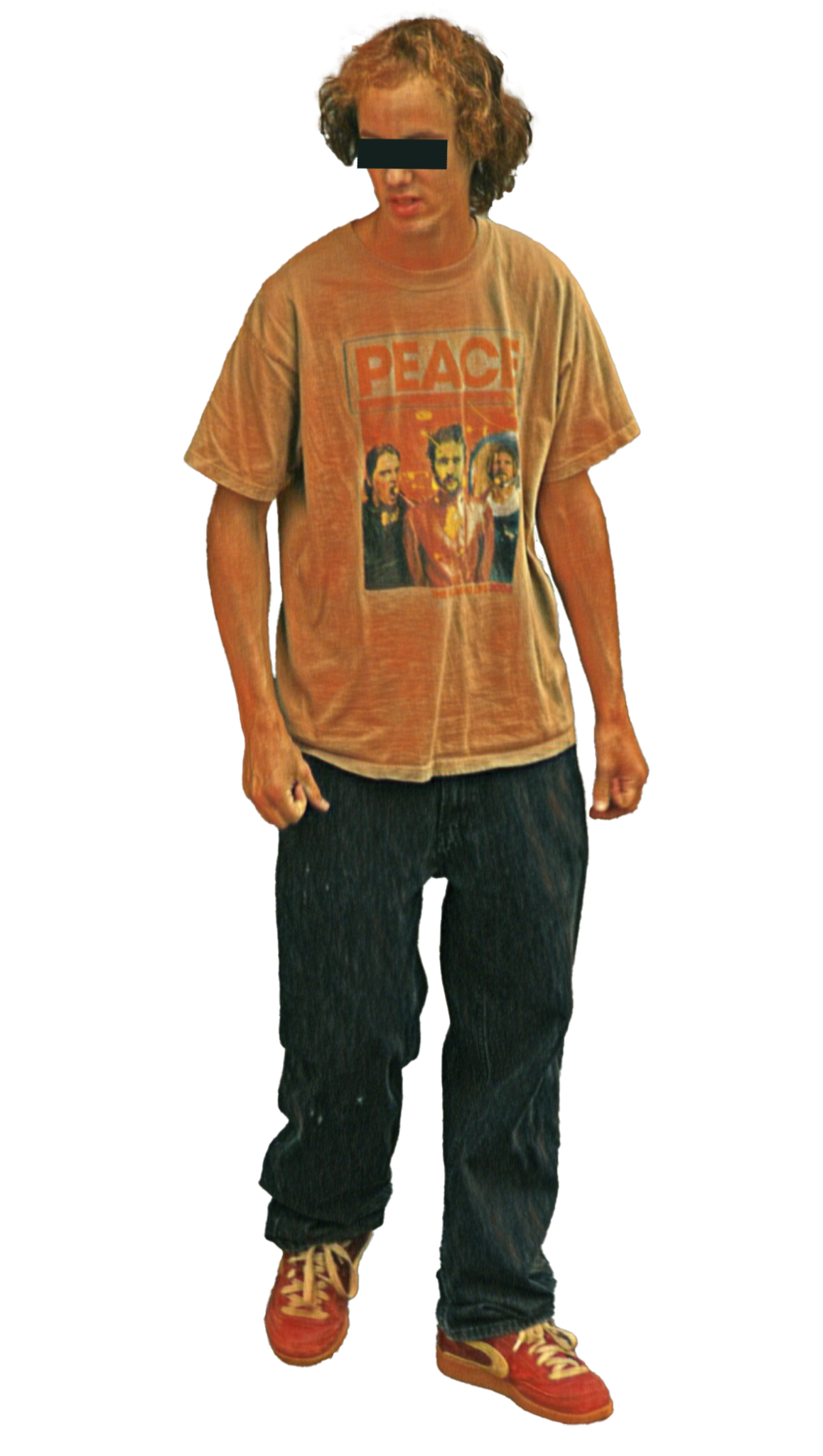
First, a little history. Newspapers had been on the ropes before. The advent of radio was a sure bet to steal all of its ad revenue. It didn’t happen. TV came later, but newspapers stayed strong. There was plenty of money to share between them. Not even cable television with its 24-hour news stations could take down print media’s “golden river” of income.
The Internet? Bring it on. We don’t need a stinking paywall. We’ll give away our content for free! Nothing could stop this bulletproof juggernaut medium.
But then one day in 2006, someone had an idea. It was crazy, cocky and daring.
Inspired by New York City street fashion photographer Bill Cunningham, it was decided that our newspaper could do street fashion too.
In a small town in Indiana.
Population: 40,000.
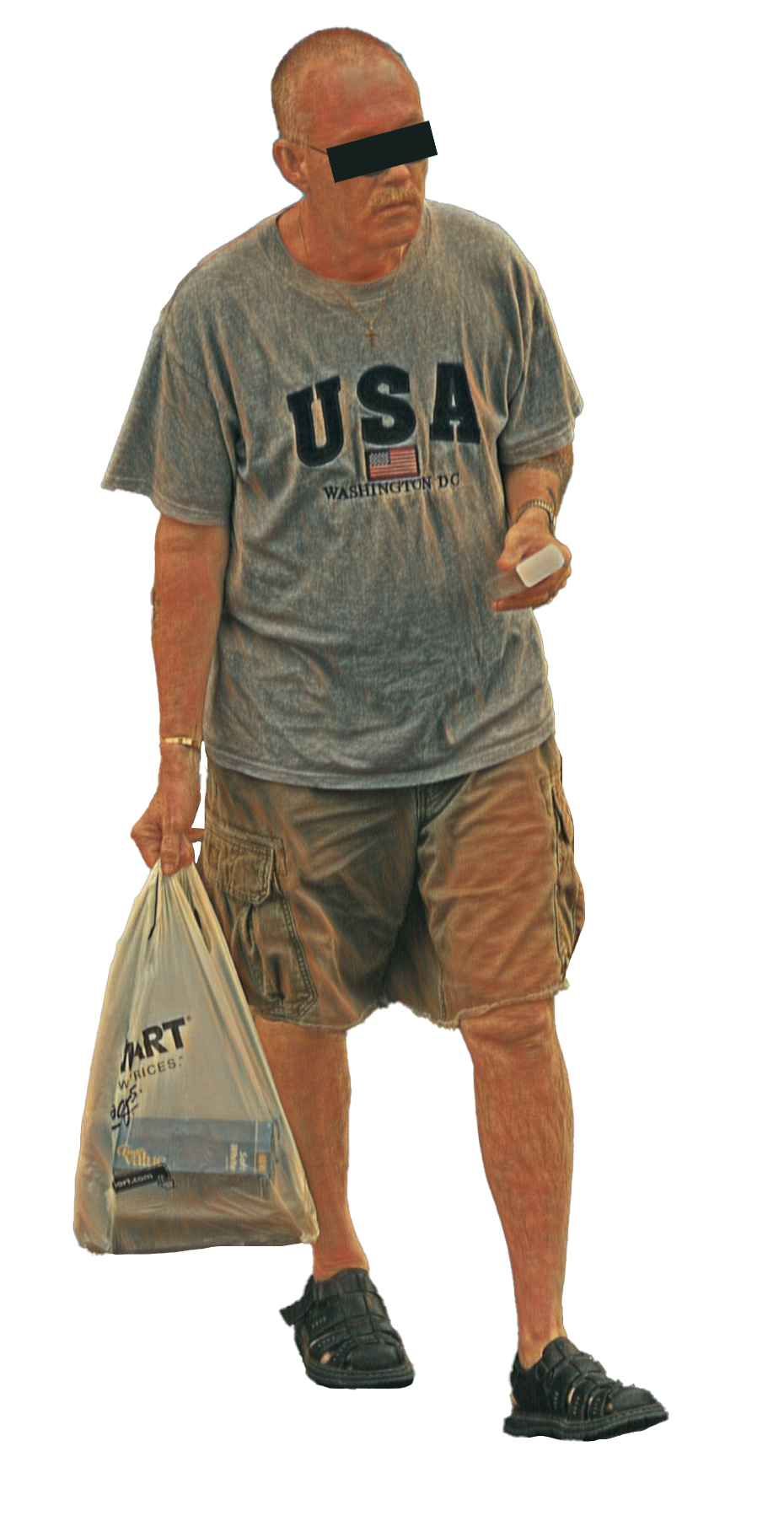
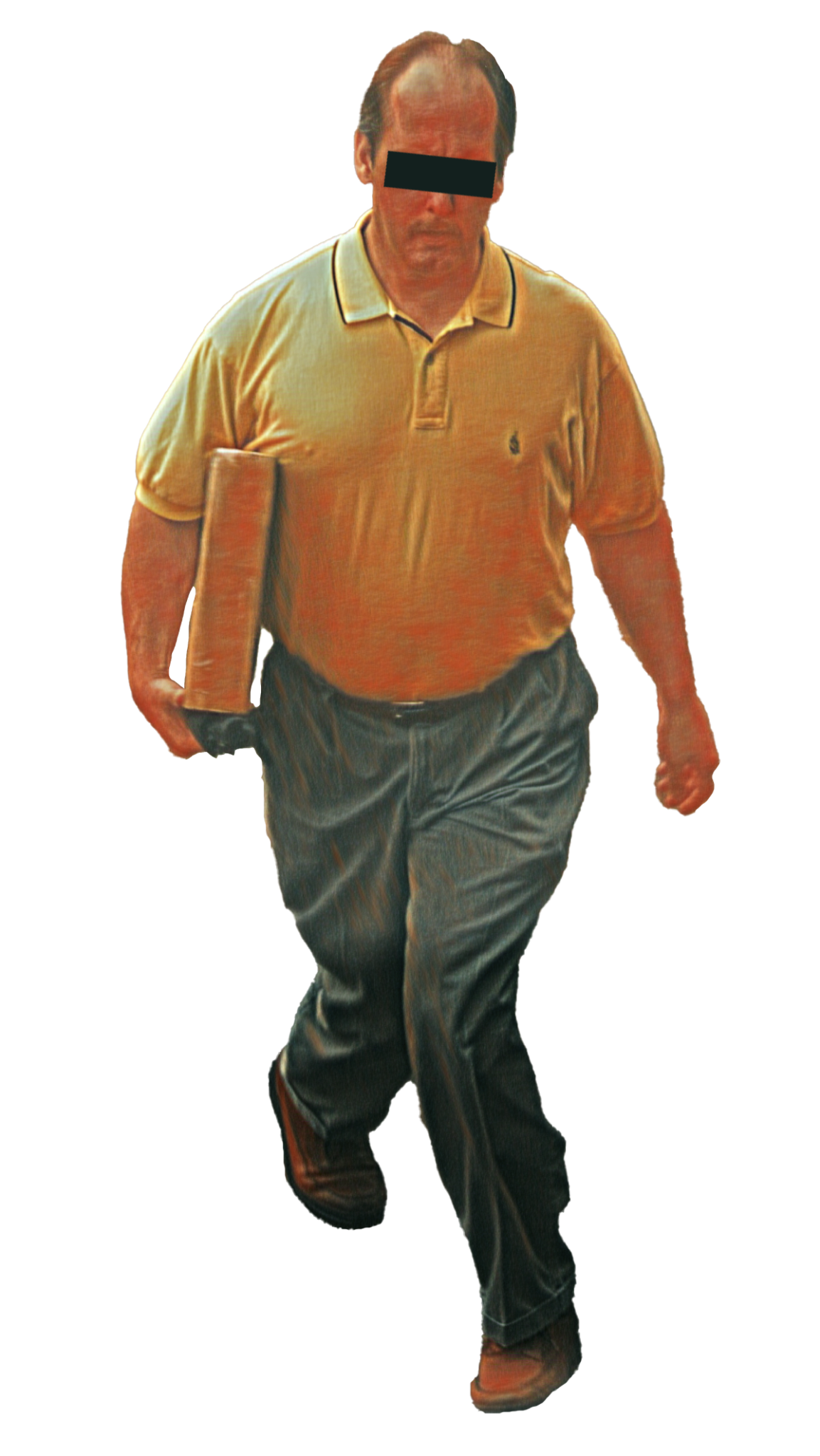
The photographers at the paper — one of them being me — gathered for a sunny outdoor team meeting with the photo editor. During discussion of the day’s agenda items, we learned that someone higher up had been to a conference and had come back with several new and exciting ideas to breathe life back into the paper’s surprisingly sudden slumping circulation (I can’t say for sure if that’s what really happened, but it sounds about right).
We would create a weekly street fashion photo page, and it would be just like the one published in the New York Times. We laughed and were certain this was only being kicked around and would in no way come to fruition. The smiles melted from our faces when the photo editor informed us that, no, this was really going to happen.
I was so upset and incredulous when I heard this that I got up and walked away. I had been witness to a lot of bad ideas in my six years in newspapers, but I was positive this was the absolute worst.
I went about 90 feet when I realized I was in no financial position to quit my job, so I reluctantly walked back to the group and listened to the details.
It would begin the next week, and all of us would have to take turns. On this page, we would also dispense fashion knowledge and advice. That’s right — fashion advice from men who had little fashion sense amongst them.
Indiana is known for a lot of things, but progressive clothing isn’t one of them. Our town was lucky enough to have a couple of malls, but local residents primarily relied on sensible clothing options provided by Wal-Mart, Target and Kohl’s. I was a Kohl’s guy, myself.
I dreaded the day my turn came. The design deadline for the page was approaching, and I couldn’t put it off any longer. I decided to grab the longest lens we had, and I hid up in the mezzanine of a public building downtown.
I knew that the sooner I could get it over with, the better. I started to click away from my perch, photographing anyone who happened to walk by. I was embarrassed, and what I was doing felt absolutely creepy.
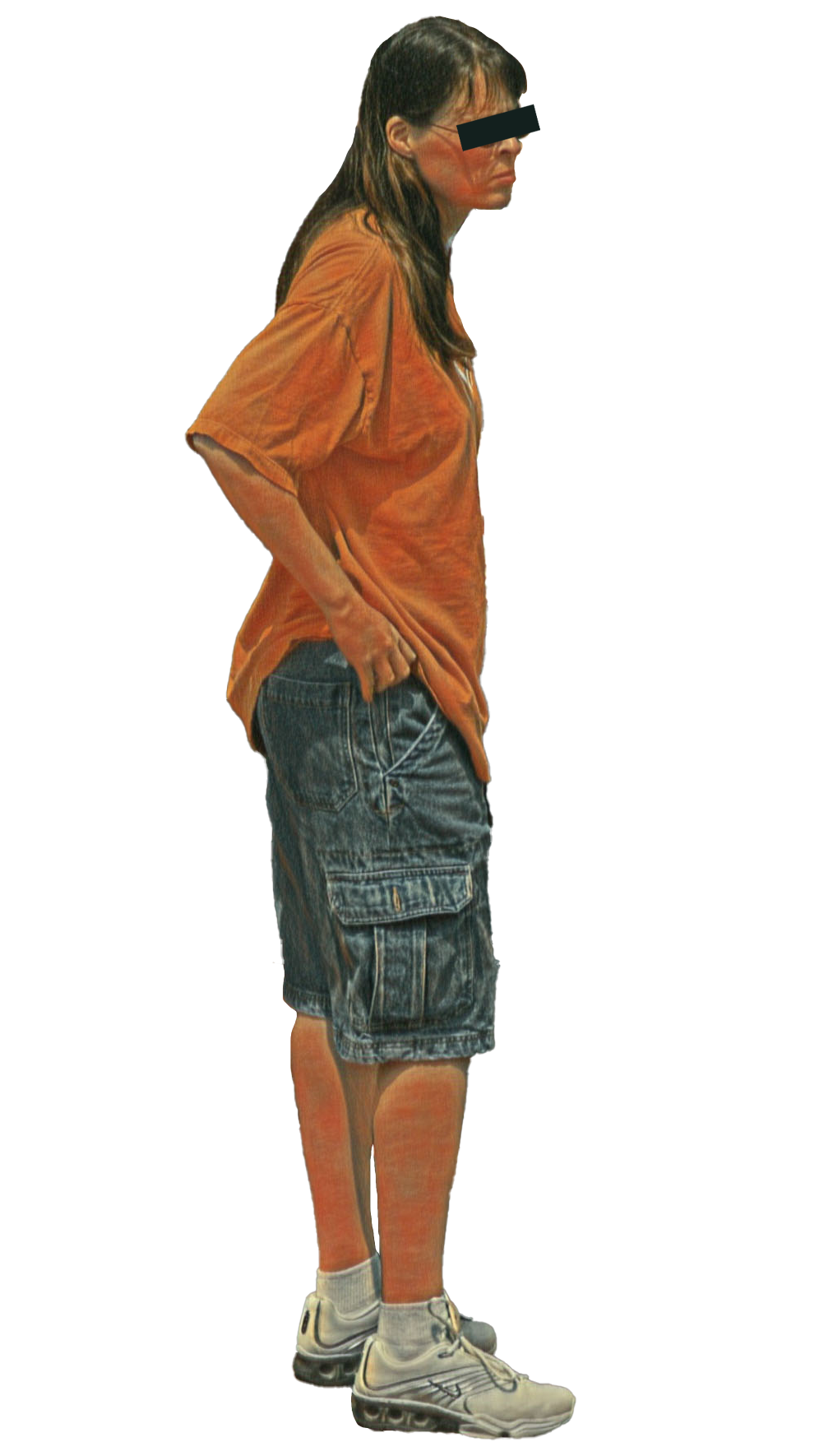
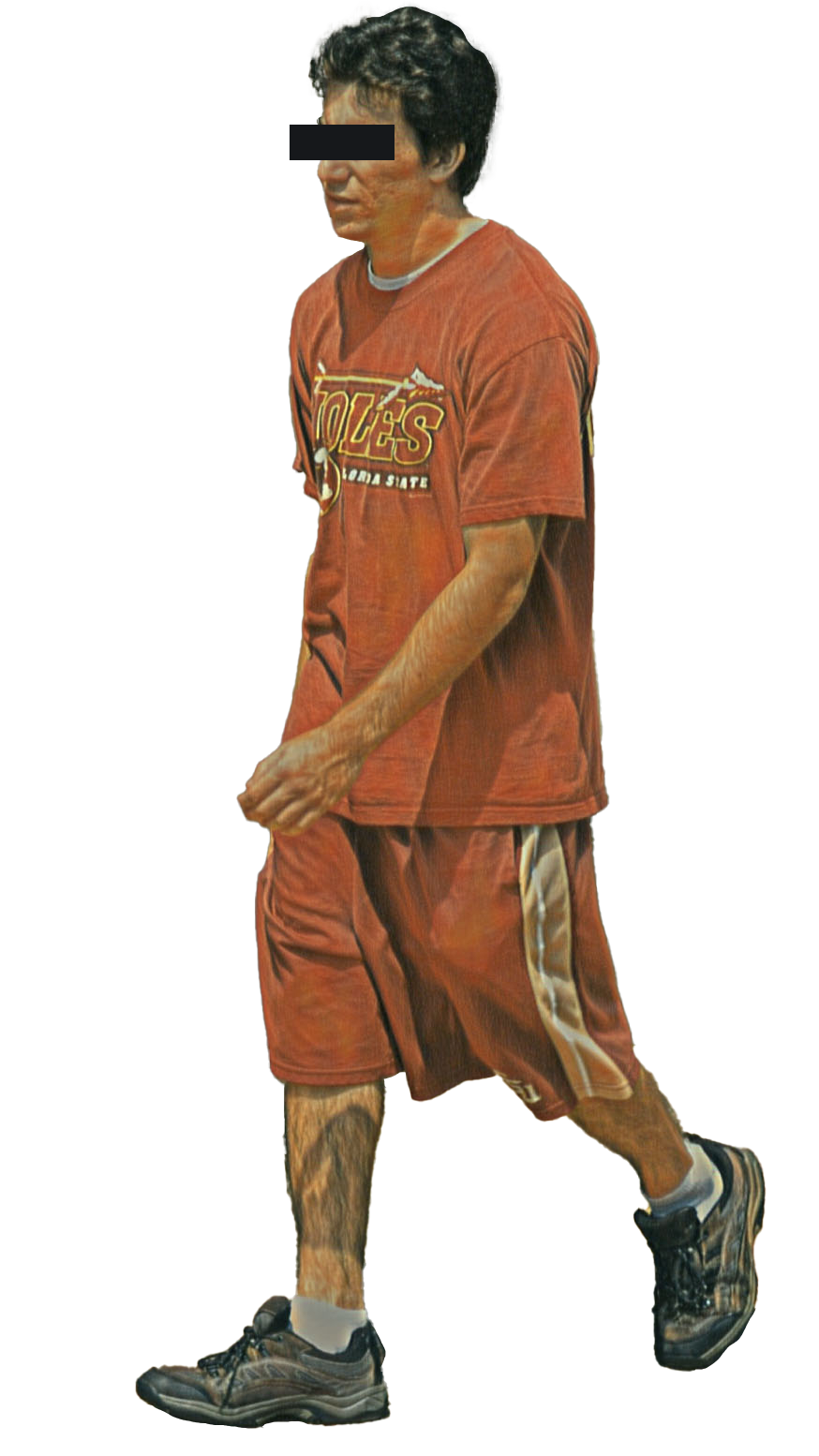
The way it worked, we’d shoot until we had assembled a collection of similarly-dressed individuals or we spotted a cohesive theme. Once back at the office we would write our captions, or cutlines as they’re called in print lingo.
To give you an idea of how that went, here is a collection of some of my favorite sentences that actually appeared in a newspaper of record.
- “Nothing feels better than having a breeze over your toes on a hot day.”
- “Shorts. They’re a lot like pants, only shorter.”
- “Traditional colors of red, white and blue are still fashion favorites of young and old.”
- “Hats have functionality, especially in the winter time.”
- “Footwear is one of the most important fashion accessories one can wear.”
- “Some people wear hats, some wear hoods, others wear nothing so not to mess their hair.”
- “Thanks to glaring midday sunlight, sunglasses are becoming more prevalent.”
- “Hoods – namely sweatshirts and jackets – are a versatile part of the wardrobe.”
- “No matter what you call them, boots are one of, if not the, most popular footwear around.”
- “Stay away from the 20-foot-long Dr. Who variety of scarf. That’s just silly.”
- “Sweatshirts, hooded and unhooded, are definitely ‘in’ this time of year.”
- “Tattoos have grown in popularity with people of all ages.”
- “The name of the game this season is business casual.”
- “Ball caps are year-round fashion staples but are more common during the hot summer months.”
- “(The T-shirt) has found its way into the wardrobes and hearts of genders, young and old.”
- “Global warming isn’t here to stay just yet, so do what your mama told you and don’t sit on the ground in a month with an ‘R’ in it.”
- “Multiple layers are recommended on colder days to help trap body heat.”
- “Tonight, if we’ve been good, just maybe we’ll see someone in a red suit coming down the chimney.”
- “Yes, T-shirts! In January!”
- “A hat with a bill is perfect for shielding that bright star in the sky.”
And so it continued. We preyed on these oblivious midwesterners like we were some kind of fashion photo vampires.
Together, we produced watch fashion, umbrella fashion, sunglasses fashion, tattoo fashion, puppet fashion (yes, puppets!), softball fashion, park fashion, Baptist fashion, motorcycle fashion, three installments of jeans fashion, hoody fashion, cover-up fashion, childcare couture, and the list goes on and on.
But perhaps the most breathtakingly honest and amazing series of images that ever made it into print in the Lifestyles Section was one photographer’s effort he simply labeled … Blue Fashion.
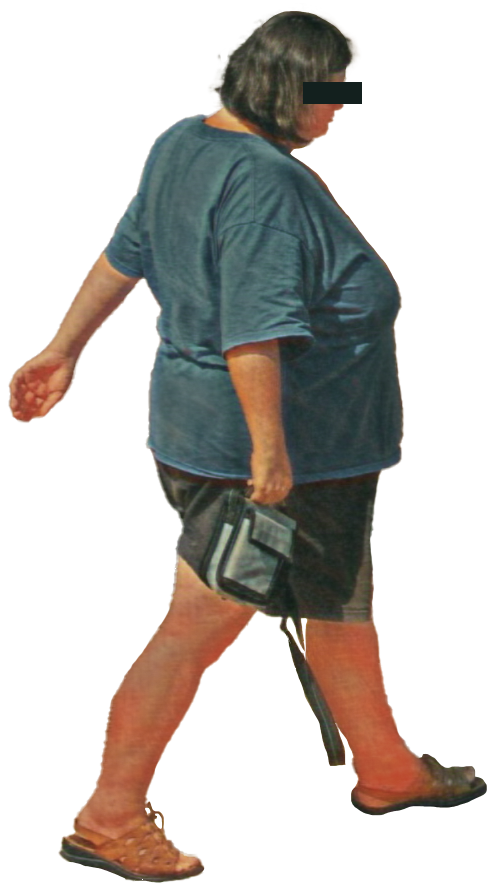
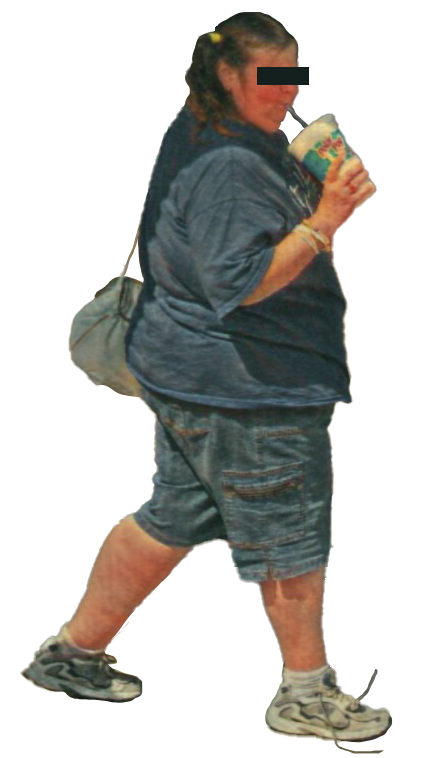
This modern-day real-life Norman Rockwell-infused piece of journalism changed the game. We were almost a year into our weekly struggle to find fashionable individuals in our town, but once Blue Fashion published, it shifted our perceptions of the assignment. We didn’t need to try so hard. The answer had been there all along. We simply needed to embrace who we were.
And embrace we did.
The imaginary shackles were off, and I almost began looking forward to going out to shoot street fashion. Almost.
After a year of internal struggling and wondering if I should quit my job, I eventually found peace with it. In an if-you-can’t-beat-em-join-em moment, I decided to go about it a bit differently and see just how far I could expand the boundaries of what small-town street fashion could look like.
I don’t recall where I first saw the technique, but I attempted a photo montage. My first try was from that same downtown mezzanine I’d used as my secret perch. Normally such “three-dimensional cropping” and PhotoShop wizardry was a no-no in journalism, but I labeled it an illustration, and it was published without issue.
My next effort was bolder. I set up a tripod at the end of a dead-end street south of the post office and simply waited for people to cross. I later noticed that everyone was wearing blue jeans, so for the third time, we ran a “blue jeans fashion” installment.

I had joked with the page designer about doing jeans yet again, and I walked away singing the Neil Diamond song “Forever In Blue Jeans.” That Sunday I saw my montage with a big blue headline in Bold Comic Sans font plastered on top of it: “Forever in blue jeans.”

The result was ghastly, but in all fairness, my cutline was rather cringe-worthy as well.
I don’t know if the combination of these things is what finally caused someone at the newspaper to question whether or not this feature was a good addition to the publication, but shortly after it appeared the assignment was taken off the schedule forever.
The photo department celebrated.
In the end, I know it really wasn’t street fashion that spelled doom for our newspaper or others. In fact, that paper is still around (and I have friends there who will hopefully find humor in this tongue-in-cheek memoir), but in my mind, the introduction of a street fashion page coincided with a shifting tide in all print media nationally.
Newly equipped with powerful search engines, the public could freely search for the content they desired (and it sure as shit wasn’t Hoosier fucking street fashion). Looking back, it seems newspapers had lost touch with their readers, and websites like Google, Yahoo and Alta Vista quickly exposed that sad reality.
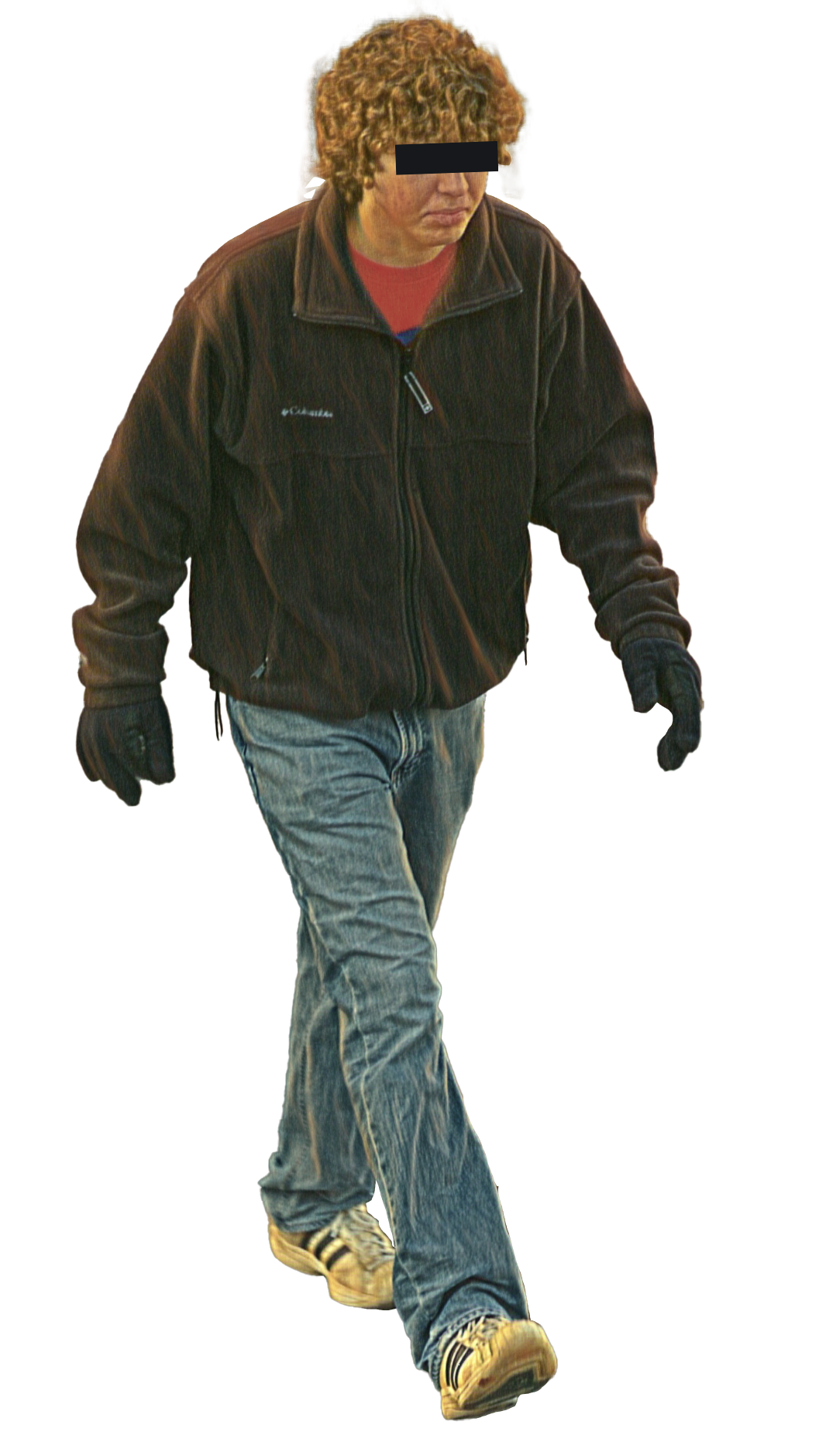
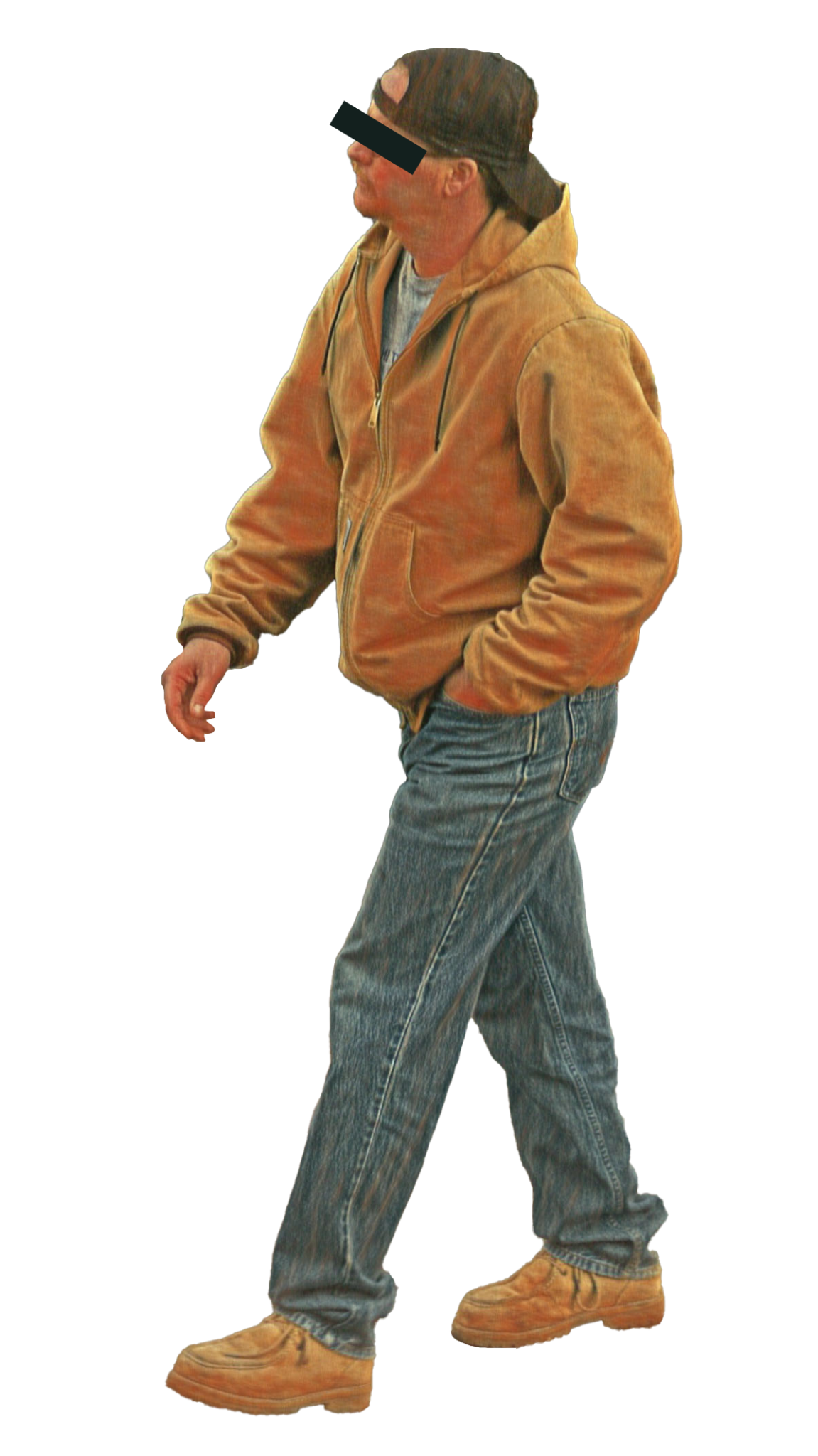
Were we prescribing the content we believed readers wanted instead of simply asking them? Perhaps. I once heard that our paper spent something like $25,000 on a survey asking the public what it wanted from its local publication. Surprisingly, the thing people cared about the least was high school sports, which we had always considered our bread and butter.
We didn’t listen. We doubled down. We did local sports even harder. They’re still doing local sports like that. I don’t blame them. How could you possibly get rid of it? I couldn’t imagine the number of angry phone calls from parents.
With paywalls becoming more accepted and companies shifting focus to digital advertising, maybe newspapers will weather the storm. Several large national newspapers have done well for themselves, but from 2005 to 2021, about 2,200 American local print newspapers closed (a fact I Googled and found on Wikipedia — not the Washington Post who reported it). Was it a coincidence that our street fashion page kicked off in 2005?
You be the judge.
The fashion feature was published in 67 Sunday editions between October 2005 and February 2007 (we had the occasional week off due to space limitations). By the end of its run, one photographer — the brilliant creator of Blue Fashion — had left newspapers forever. Eventually, all members of our photo team left the business, and what was once a thriving five-person photo department dwindled to a one-man show — me — over the next eight years.
Another Wikipedia nugget: From 2008 to 2020, the number of American newspaper journalists fell by more than half.
In 2015 I hung up my photo credential as well. I had watched myself become a dinosaur, and I experienced my own extinction.
But the day I left was a sunny day. It was perfect for shorts and sunglasses.
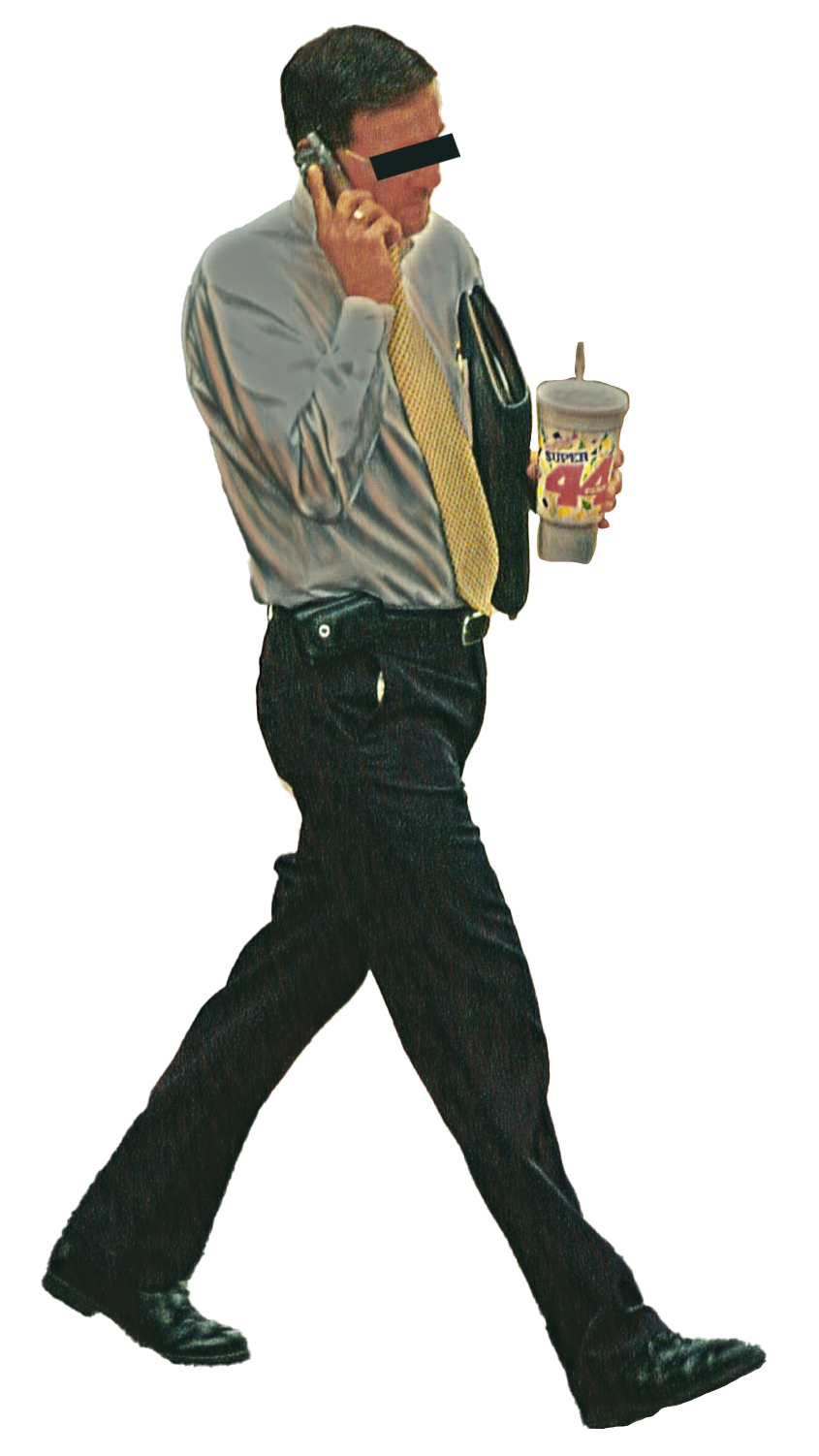
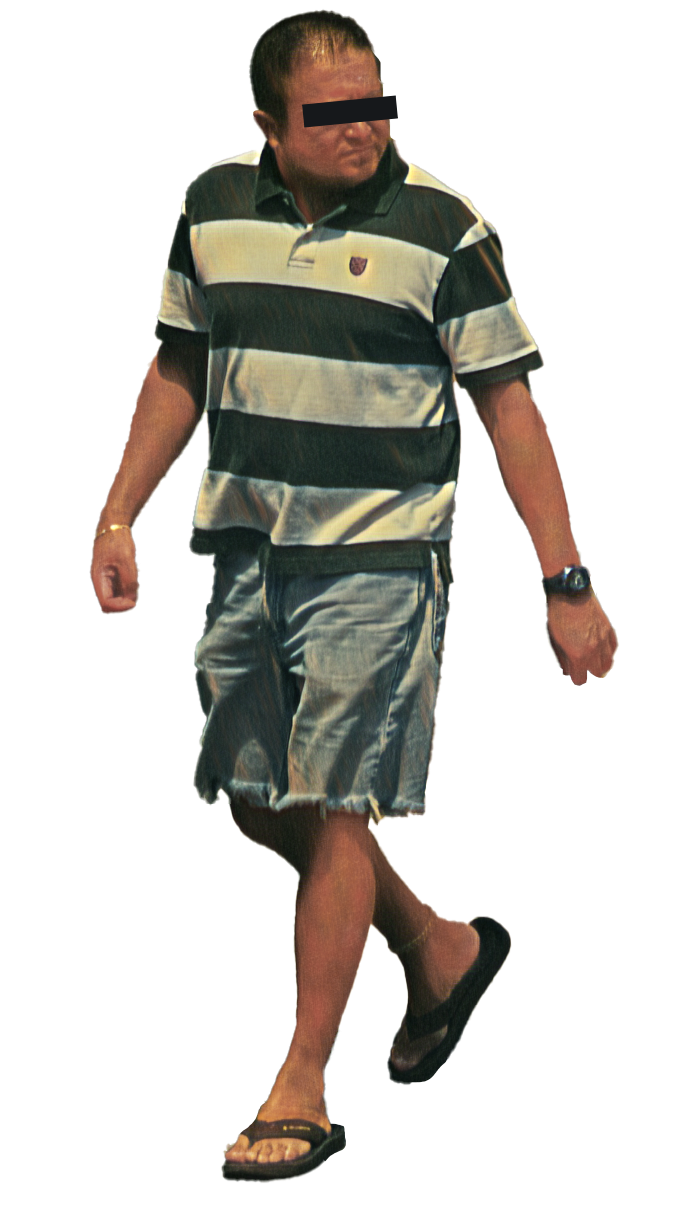
Seriously Though
I asked my wife to read this story before I published it, and she was not a fan. She insisted I was coming off as an elitist asshole and that I would surely just get myself in trouble. Again. She’s incredibly smart, so it’s likely an accurate assessment. But I felt this ridiculous yet true story had to be told.
No, Hoosier street fashion did not kill newspapers, and in fact, I still root for them to survive. Without them, our democracy will surely founder. Wow, maybe I am an asshole if I use words like founder. But you get what I mean.
Newspapers have had to tighten their belts, and many enjoyable and useful features have been scrapped to focus ever-limited resources on what truly matters (with the exception of local sports, which clearly doesn’t). The death of Midwestern street fashion was perhaps one positive that came out of that belt-tightening, but I fear other cuts have ultimately alienated many longtime subscribers, and younger generations are increasingly less interested in print.
Anyone who has worked long enough in newspapers (fellow elitist assholes, of course!) knows exactly what I’m talking about. But that’s really oversimplifying the problem.
The public has gotten more polarized. You publish an article about same-sex marriage and suddenly you’re a liberal rag. You do a positive profile on a Republican county commissioner and you’re right-wing trash.
Subscribers unsubscribe in a rage.
Older subscribers die off at one or two percent each year.
No one takes their place.
The price of paper skyrockets, so you sell the printing press and have the local major metro print it instead. But that means you have to fit into their schedule, so deadlines move up and any evening news rarely makes it into the paper the next day.
You shrink the actual page width, which cuts down on the amount of news (even though they tell you it won’t affect the actual quantity of news, but you can only build so much house on so much land).
You raise the price to offset costs and lose more subscribers.
The circulation goes down, so you can’t charge as much for inserts. Your product suffers and advertisers leave.
You cut staff to save money, which ultimately hurts the product. More subscribers and advertisers leave, so you cut more, and the death spiral ensues.
While all of this is happening around you, staff morale is about as low as it can get. And that piles on to the usually extant toxic work environment brought on by long hours, dreadful pay and often boneheaded leadership. Good people leave the business forever, and new talent is hard to come by and retain. The product suffers again. I’ve never worked for or heard of a newspaper that didn’t have this same problem.
I’ve seen it happen time and again.
It’s as tragic as wearing a T-shirt in January.